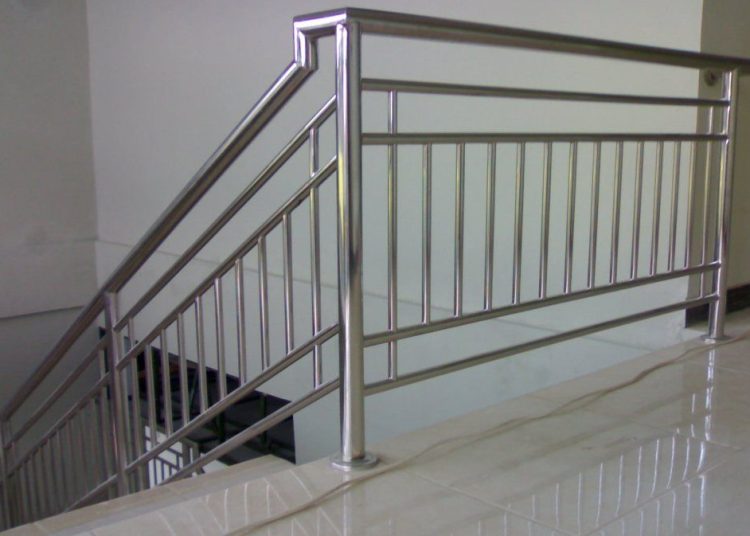Handrails are bars that assist individuals in maintaining their balance or providing support while ascending or descending stairs, ramps, or along walks. Handrails are usually anchored to walls or posts and are found in residences, public facilities, schools, hospitals, and the workplace. Handrails are particularly beneficial for the elderly, children, or individuals who might struggle to walk steadily.
You will most often find them alongside staircases, along corridors, on balconies, and on ramps. They are present not only for safety — they also make it easier and more comfortable to use a space.
Why Handrails Are Important
The primary purpose of having handrails is safety. Slips, trips and falls are two of the leading causes of home and public accident injuries. Handrails prevent accidents by providing individuals with something to grab onto. This works best on ramps and stairs, where one tends to lose balance easily.
In public facilities, handrails aren’t merely a good thing to have — they are mandated by building codes in order to ensure the space is safe and usable for all, including individuals with disabilities.
Handrails also make individuals feel more secure when navigating, particularly in slippery or uneven places. Even if an individual doesn’t require assistance always, having something to hold on to can be a huge aid.
Where You May Find Handrails
There are many places where you can find handrails. Some of the more familiar ones are:
- Staircases within houses or flats
- Ramps going into buildings
- Hospital corridors and toilets
- Public transport, such as buses or trains
- Schools, sports centres and care homes
- Paths and steep walkways outside
Some cities also include handrails as part of safety regulations. For instance, a ramp having too steep a slope must be equipped with handrails on each side. A staircase above three steps should generally have one as well.
Materials and Styles
Handrails are made of various materials, depending on the location and how they must appear or feel. Common materials are:
- Wood – In homes for a warmer, more natural appearance
- Metal – Such as stainless steel or aluminium, in public areas for durability and ease of cleaning
- Plastic or PVC – Occasionally used in schools or hospitals as they are easy to clean and not cold to the touch
Other handrails are simple, but some are even crafted to blend with the building style. At home, individuals may use wooden handrails with smooth finishes or metal ones that have been painted. In contemporary buildings, you may notice metal rails with glass panels.
Regardless of the style, the handrail must be sturdy and anchored firmly. Easy to grasp and the correct height for most people — typically around 90 to 100 cm from the ground.
Fitting Handrails
Fitting handrails requires a little planning. It’s not merely where they will look best, but where they will be most helpful. A rail that is too high, too low, or not solid enough will not be safe.
In most instances, handrails are subject to building control or health and safety guidelines. For instance, the height or wall distance may be stipulated. The post or wall it is attached to must also be of a suitable strength to support weight.
If you’re putting in a handrail at home, it’s a good idea to check local rules or get advice from a builder or installer. In public or shared spaces, it’s often best to hire someone who knows the building codes.









![Is Tokyo Ghoul on Netflix? [How to Watch Online]](https://avctv.com/wp-content/uploads/2022/08/AAAABct1DaUzhEt4JeJFeDrmaE_4CGAu39fBN6poMx10hAlWlMRjkkAw84hjmuujWTy2wFC7_Pjnujec-_PqT1GCnnMFMJ15S04baJn1b0WvvbG6hrSNb31_GS4--120x86.jpg)





